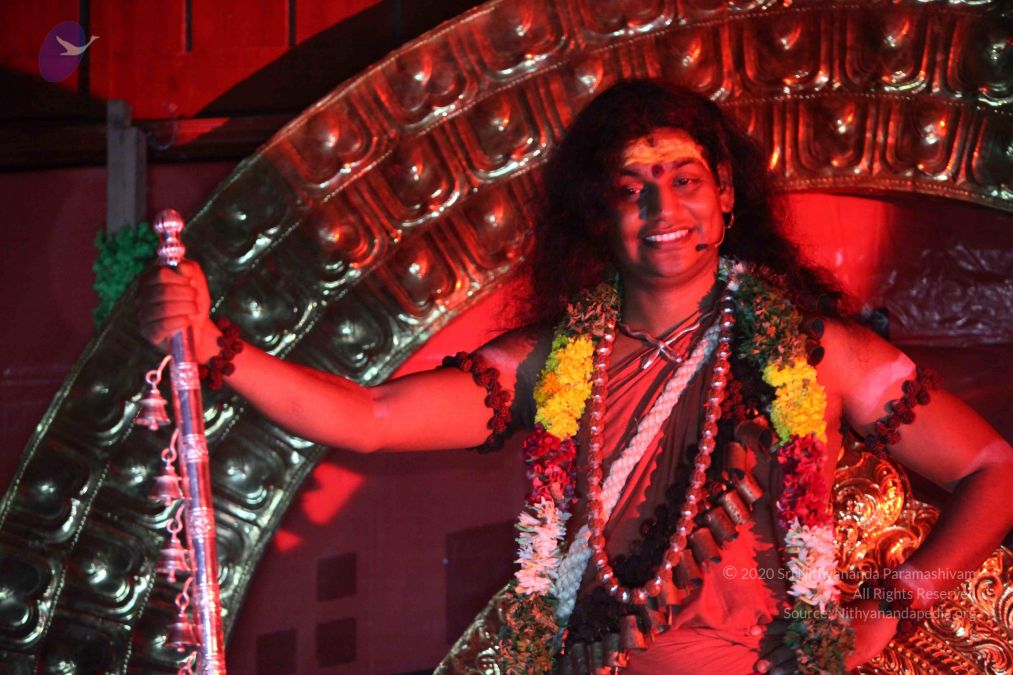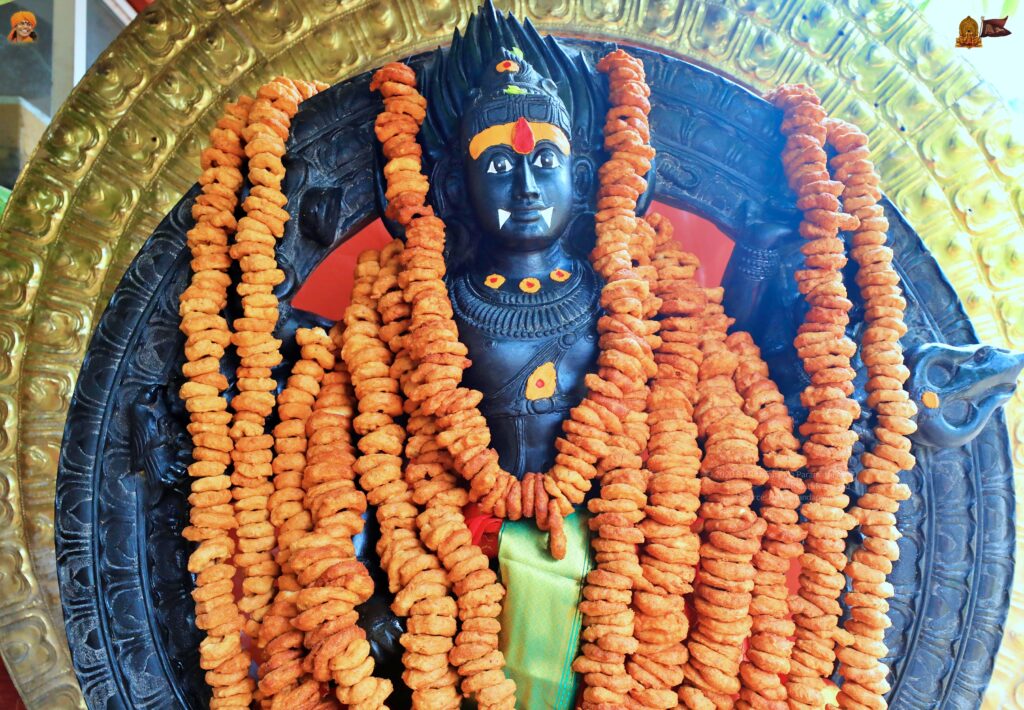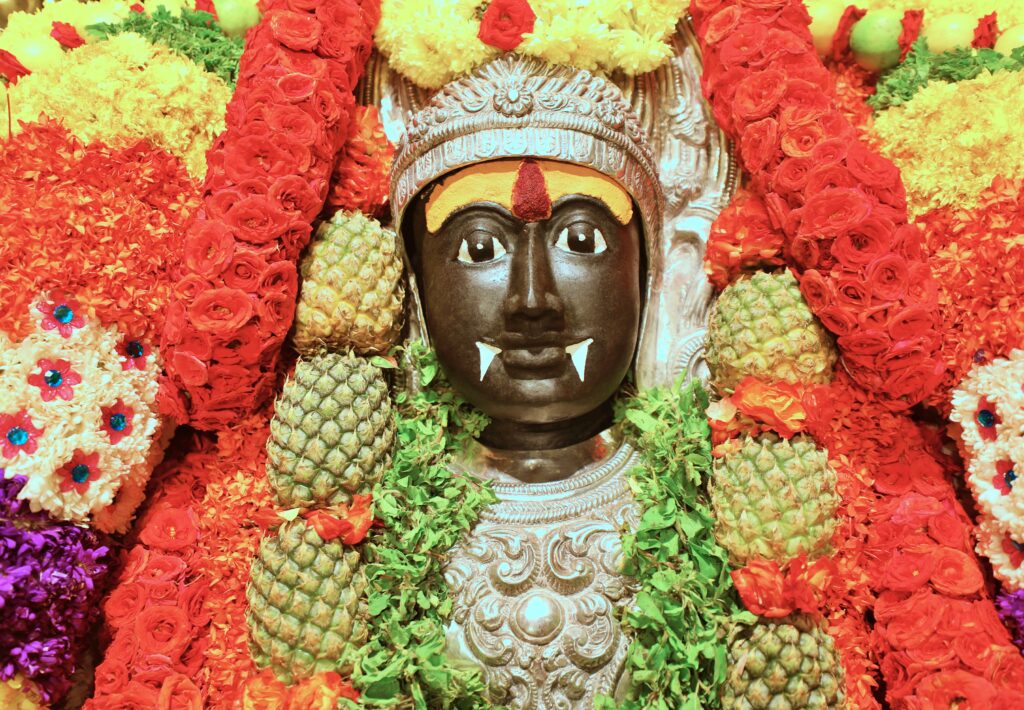Human Beings: Embodiments of Bliss and Immortality
Vedas declare “Shunvanthu Visve Amrutasya Putraha” which means that human beings are the embodiment of immortality. By our very nature we are bliss. But humans get conditioned by the social setup in which they are brought up. These conditionings become the source of the engraved memories (engrams); in Sanskrit we call them samskaras. These engrams, when deeply rooted into the system, cause bondage and thus suffering. They don’t allow a person to live completely, rather make him go through repetitive patterns creating boredom, dullness, lack of enthusiasm and ultimately depression.
Understanding Karma: Sanchita, Prarabdha, and Agamya
When we choose to be born on planet Earth, we choose a certain set of desires to assume the body from bank of desires. This bank of desires is called Sanchita Karma, The desires that we come down with are called Prarabdha Karmas. But in the process of living here, we accumulate more desires which are not coherent with what we came down for. These new unwanted desires that we accumulate are called as Agamya Karmas.
The Vicious Cycle of Samskaras and Suffering
Living just the desires that one is born for, gives fulfillment and joy. But if one does not live this way, but instead goes on acquiring new desires, his life is bound to be a suffering. They don’t allow a person to live life completely, rather make him go through repetitive patterns creating boredom, dullness, lack of enthusiasm and ultimately depression.
Hence there is an urgent need to break free from the human conditionings. The samskaras that bind a person have to obliterated from the system. Once the samskaras are burnt completely, the individual starts experiencing the state of super-conscious causeless bliss or Enlightenment.
Fulfillment through Living One’s True Desires
When one lives according to ones prarabdha, one is not affected by the engrams. Instead one lives his life in spontaneity, living every moment as it comes without the baggage of his past conditionings. Engrams don’t allow a person to live his prarabdha. Instead they clutch him into a vicious cycle where he repeats the past and creates bondage and this suffering. Samskaras in literal terms can be translated as the past projected on the present.
The beauty of this whole science is that when one lives according to one’s prarabdha, not only does one not acquire any more agamya karma but he also starts depleting his sanchita. As agamya karma is triggered due to the pressure exerted by the sanchita. So when one drops, the other fades away automatically.
The Ultimate Goal: Enlightenment and Super-conscious Bliss
When the samskaras are fully obliterated, an individual begins to experience a state of super-consciousness, known as causeless bliss or Enlightenment. In Hinduism, the goal of life is to help individuals attain this state of Enlightenment.
The Four Ashramas: Pathways to Liberation
To facilitate the journey toward Enlightenment, life is divided into four stages or Ashramas:
- Brahmacharya
- Grihastha
- Vanaprastha
- Sannyas
The first three stages are a preparation to enter into the ultimate stage which is Sannyas, which acts as a catapult to dive beyond the four ashramas and achieve the state of eternal bliss, Nithyananda.
Conclusion
Living in alignment with one’s Prarabdha Karma, while breaking free from the conditionings of samskaras, leads to a life of spontaneity, joy, and fulfillment. Ultimately, the purpose of human life is to attain the state of Enlightenment, where one experiences eternal bliss beyond all conditionings. By living at the feet of THE SPH NITHYANANDA PARAMASHIVAM, one can achieve this blissful state and break free from the cycle of suffering, living life to its fullest potential.



